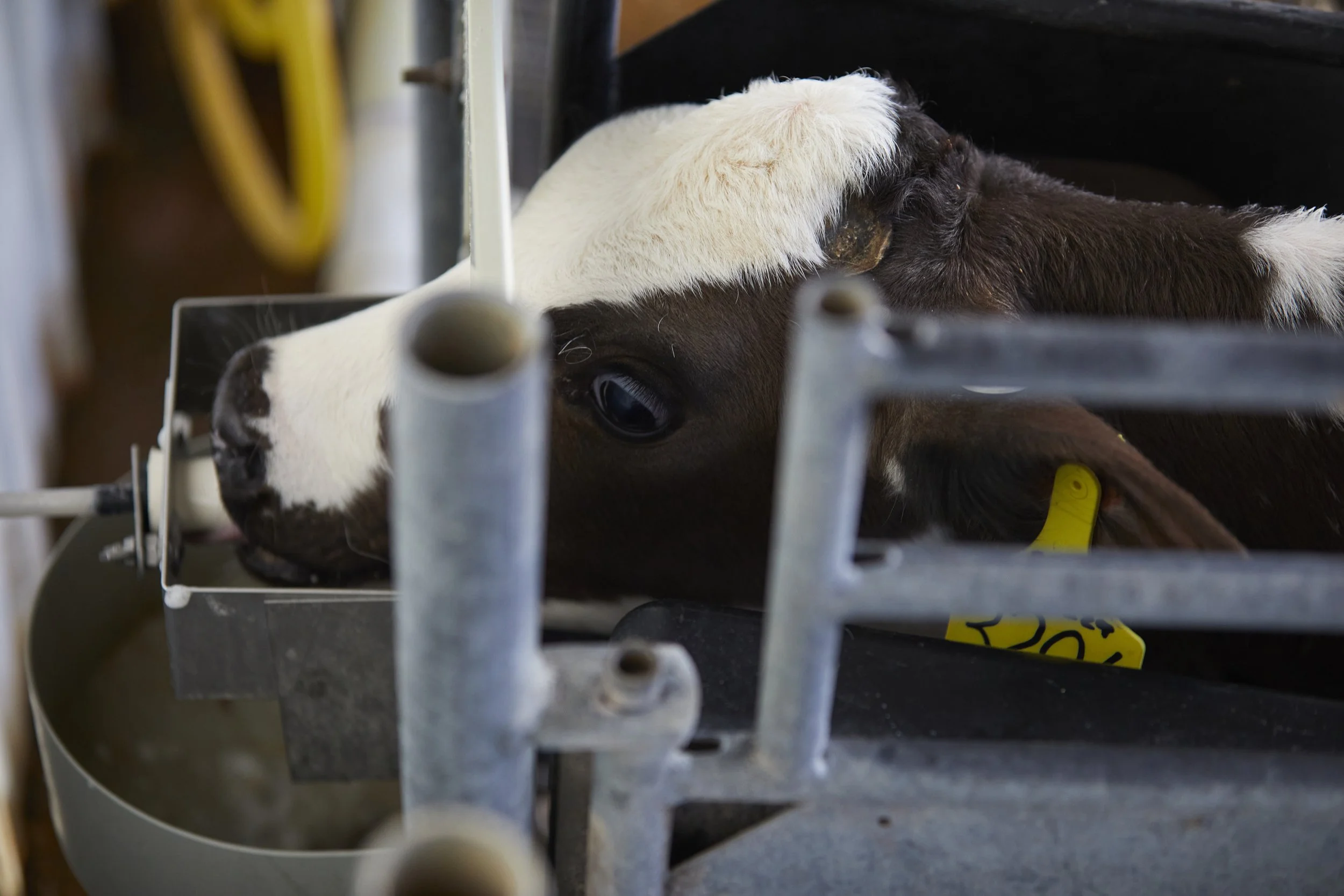The Rumen is Mission Control in the Weaning Launch Plan
In the mission to raise healthy, productive, well-grown dairy calves, the rumen is the central command center that determines whether calves are ready to launch successfully through weaning. When calf raisers began feeding calves well beyond the old standard of “2 quarts of 20:20 milk replacer 2x,” the calves responded in earnest. They demonstrated they can eat and process a lot more liquid nutrients – in some cases as much as 10 quarts of milk replacer per day containing 2 pounds of milk powder solids or more. Weight gain and stature growth also accelerated dramatically, but all of that progress often hit the skids when the calves were weaned. Many producers saw stalled or even reversed weight gain in the early weaning period. In some cases, all of the extra gain was lost by the time calves resumed positive growth, at a tremendous financial cost to the operation.
Today, we have a better understanding of the importance of not just feeding calves to match their genetic potential in the preweaning phase. Equally as critical is helping them make a seamless shift from life as a monogastric at birth to a full-fledged ruminant by the time they are weaned. Here’s how the most successful calf raisers get that done:
Wean according to body condition, not the calendar – While 8 weeks is a common liquid feeding duration, each calf must be physically ready to navigate the transition to weaning. Calves must be healthy and eating and drinking well, with a shiny haircoat and ample fat covering before they are subjected to weaning.
Get calves on the grain train – Starter grain consumption is essential for rumen development in preweaned calves. Begin by offering a small handful of grain daily, starting the first week of life. Prior to weaning, each calf should be consuming 3-4 pounds of starter grain per head per day for at least 2 days. Measuring grain intake throughout the milk-feeding period is an important task that will help flag individual calves who may not yet be consuming enough grain to be weaned.
“Calves cannot launch successfully into the weaning phase without the rocket fuel provided by the products of rumen fermentation.”
Step back liquids in the last week – To help calves bridge the weaning transition, many operations have success by cutting the liquid ration in half for the last week of milk feeding. In my experience, it makes no difference whether that means reducing each feeding by half, or dropping a daily feeding. Those decisions can be based on the farm’s management structure – whatever works best in each individual situation.
Don’t forget the water – Rumen development depends on the availability of clean, fresh, free-choice water in the preweaning period, which is necessary to fuel fermentation of solid feed. But water in the post-weaning period is just as important. Often, newly weaned calves struggle to find the water source in their new, unfamiliar environment as they also cope with novel pen mates, feed, and feeding equipment. “Water training” each calf by guiding them to the water source can help prevent setbacks in the first days after weaning.
Less stress is best – Newly weaned calves need plenty of dry, comfortable resting space in their new housing area. The Dairy Calf and Heifer Association’s Gold Standards recommend 28 square feet of pen space per weaned animal, along with enough linear bunk space for all calves to eat at the same time. Also, do not stack stressful events like vaccinating, castration, and tattooing on top of weaning. Do those tasks at least 1 week before weaning to allow calves to recover.
Calves cannot launch successfully into the weaning phase without the rocket fuel provided by the products of rumen fermentation. Even if they are hungry and eat well as they switch exclusively to solid feed, their bodies cannot convert those nutrients if the rumen is not developed.
But plenty of calf operations have demonstrated that the post-weaning lag can be avoided with a detailed flight plan that promotes rumen development, minimizes stress, and maximizes calf comfort in their next productive life stage.



When Nick Zubke started his job in maintenance at Strauss Feeds in 2013, it was a homecoming of sorts. “I’m from Watertown and live in the house where I grew up, which is about 2 miles from the Strauss plant,” he shared. “The plant has been a part of our ‘neighborhood’ for my entire life.”